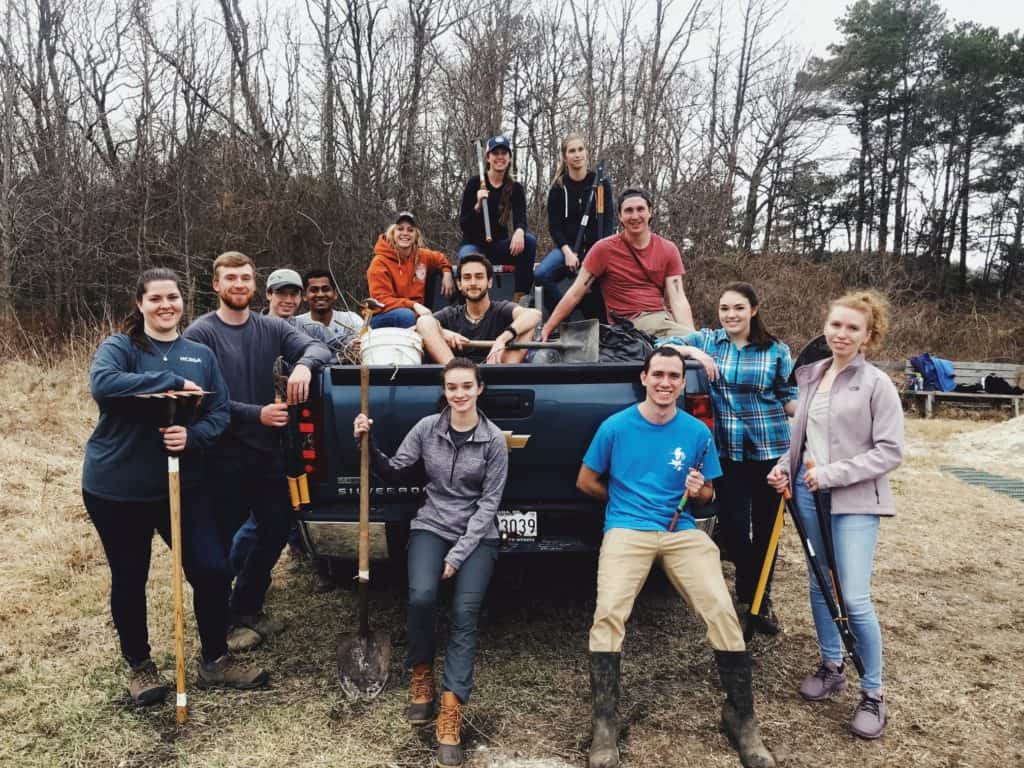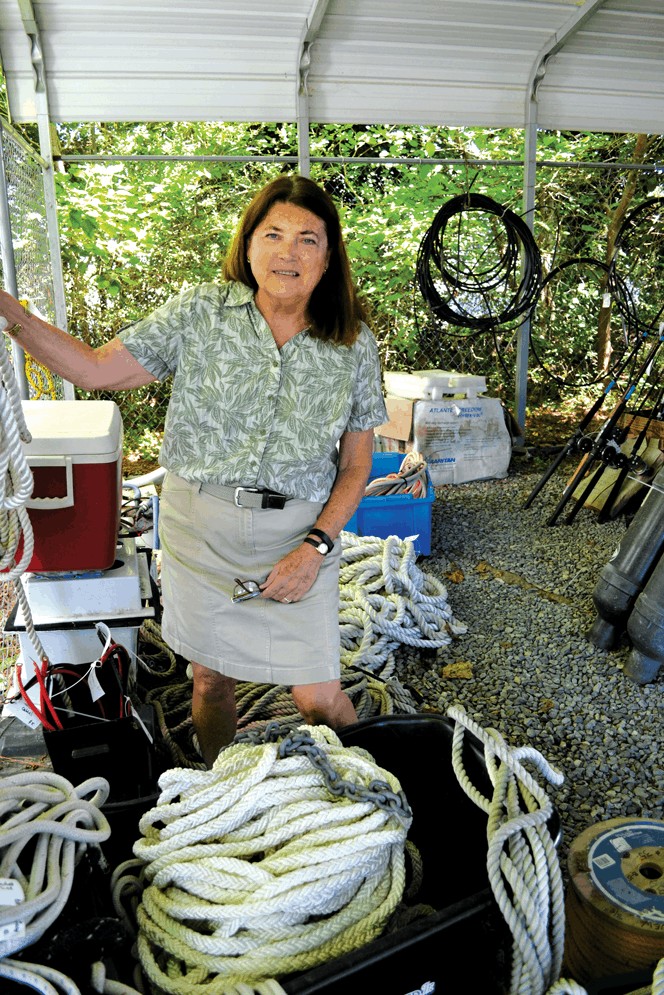Protecting the Bay, one conservation corps cohort at a time.
I’m no superhero, but I did spend a year defending the Bay from evil.
It’s no secret that the Chesapeake Bay faces a slew of complex problems. From nutrient and sediment pollution to invasive species outcompeting native plants and animals, environmental organizations throughout the watershed have their hands full. Which is why, a year and a half ago, forty-one young environmental professionals and I, fresh out of college, spent a year on the ground protecting the Bay.
The Chesapeake Conservation Corps was founded in the 2010 with only sixteen members to “increase access and opportunities to green careers and educate and train the next generation of stewards” in the Chesapeake Bay region.
The Chesapeake Bay Trust, which is in charge of the program, places corps members at various environmental organizations, or “host sites,” throughout the watershed, from small non-profits on the Eastern Shore to a church in Baltimore City to a wildlife research center just west of Annapolis, for a year of service. But the Corps far exceeds the scope of just any old, year-long internship.
“As a corps member, you have real responsibilities,” explains senior program officer Tara Drennan. “You’re there full-time for an entire year, so we want to make sure that you’re not just in a supporting or internship type role. But you’re actually going to be treated as a fellow team member, actually making an impact, managing and leading projects and programs.”
During my year, I’d like to think that that’s exactly what I did: make an impact.
I spent my time in the corps as a naturalist at Meadowside Nature Center in Rockville. It’s true, the suburbs of Maryland just north of D.C. aren’t what one usually thinks of when they consider the Bay, but there are ways of working for the water that don’t involve getting your feet wet.
As a naturalist, I ran environmental education programs for people of all ages (some of which did, in fact, involve wet feet), took care of native snakes, turtles, and birds of prey—including a bald eagle!—and even created and oversaw the construction of an outdoor classroom.
I fought for the Bay by educating the public, giving them the tools and knowledge to advocate for their watershed. Many of my fellow corps members were also environmental educators, while others spent their year dedicated to restoration projects or research.
Though we didn’t work together on a day-to-day basis, we still saw one another regularly throughout the year. We participated in training or conferences about once a month and even went on enrichment trips, including an overnight retreat on Port Isobel Island in Tangier Sound.
We were encouraged, and even expected, to visit our fellow corps members’ host sites. These visits ranged from daylong trips to Poplar Island to monitor and band tern chicks, to collecting water samples from lakes, to building a giant bird’s nest for a nature play space.
After a year together, we became a support network. A group of twenty-somethings with common interests and passion for environmental projects such as building oyster reefs, removing invasive plants, and discovering caddisfly larvae in streams.
Together we created 1,000 feet of living shoreline, planted 66,000 native plants and engaged more than 43,000 students. We wrote grants, developed lesson plans, and started clean water initiatives. We made an impact.
We also gained skills, confidence, and knowledge that brought us to the next stages of our careers. One member’s year with the corps led her to law school, another found his way to the Peace Corps, and eight corps members were hired by their host site.
I was one of those eight. However, as much as I love being able to say that I hang out with a bald eagle every day, I miss literally getting my feet wet.
At the beginning of this year, I started working as a freshwater ecologist. I’m not putting my feet in the Bay per se, but you can bet I’ll be in its tributaries all year long.
After that, I don’t know exactly where the tide will take me. But I can say one thing for certain: it won’t be too far from the shore. And I know my fellow corps members won’t be too far away if I need them. I can just flash the Conservation Corps-signal in the sky. That’s how that works, right?




